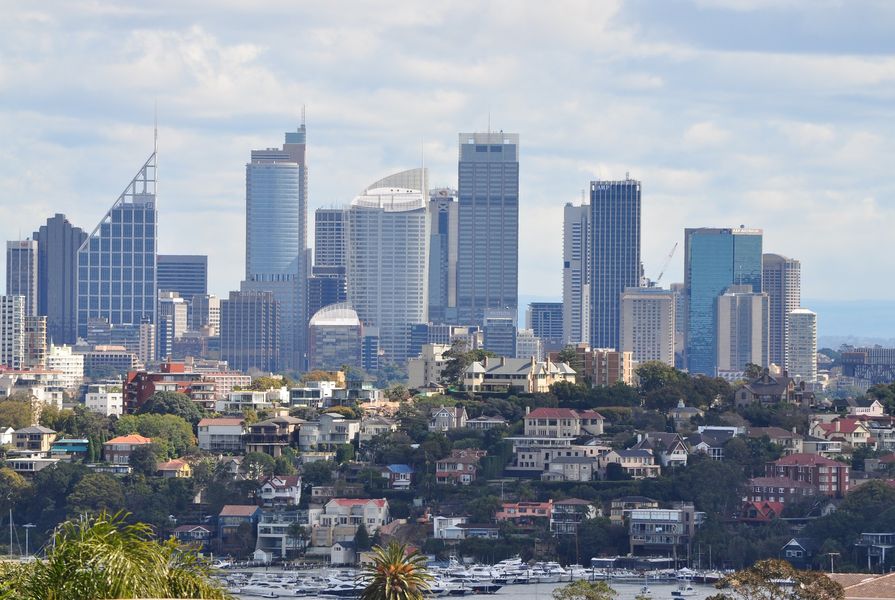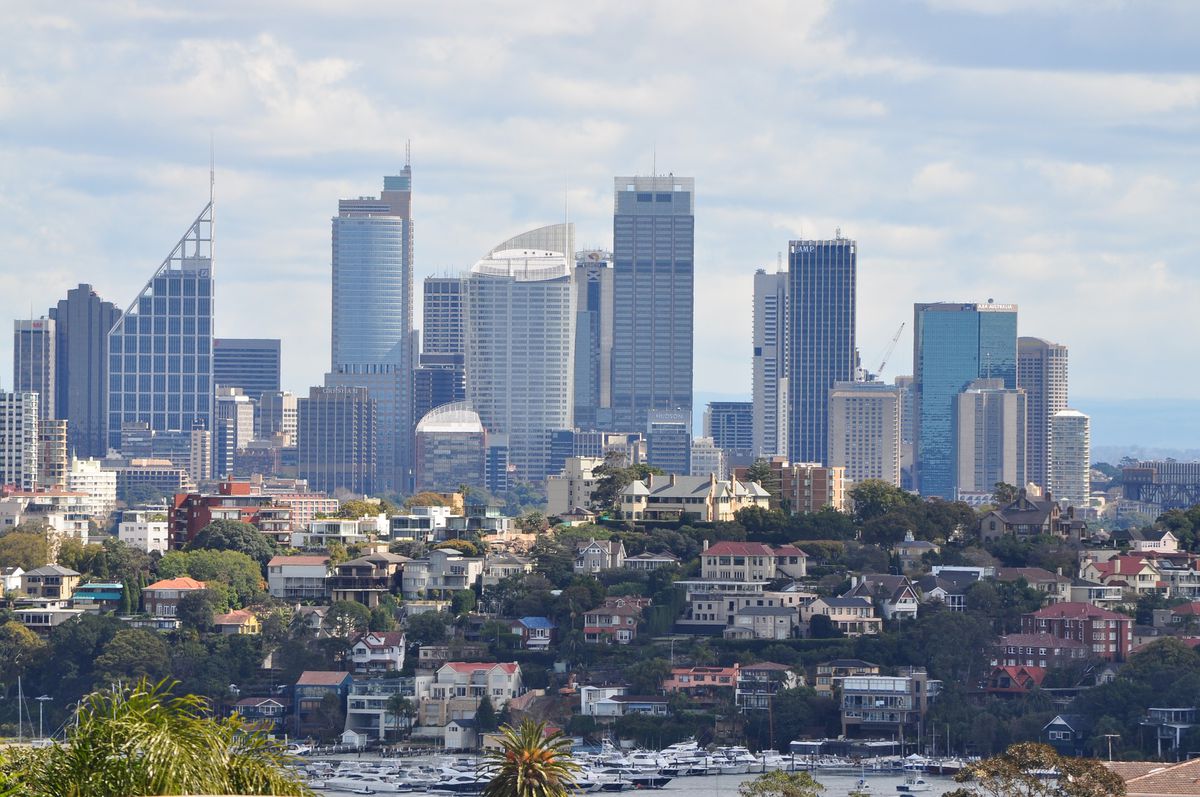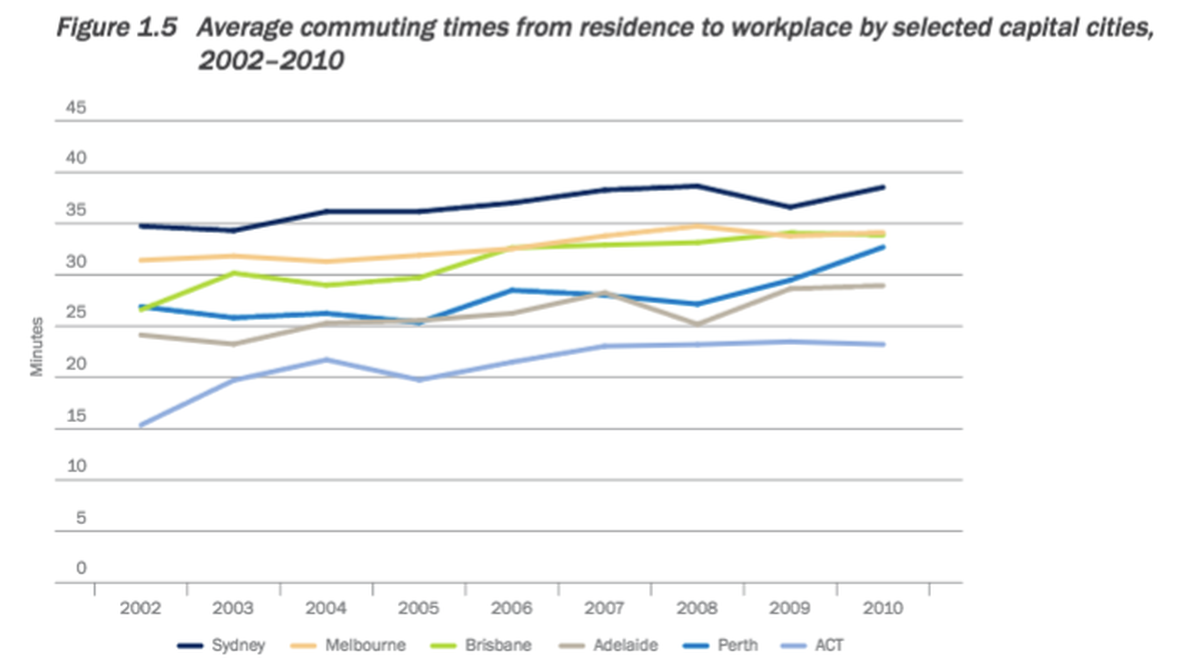A national framework to measure the performance of Australia’s largest cities is closer to fruition following the release of an interim report, and the government is hoping it will promote the benefits of “thirty-minute” cities.
The National Cities Framework Interim Report, unveiled by Assistant Minister for Cities and Digital Transformation Angus Taylor on 20 July, outlines the key indicators under which twenty-two cities’ performances will be measured.
The cities – including the eight state and territory capitals,13 regional centres and Western Sydney – which all have populations of more than 85,000 – will be measured against the government’s “Smart Cities” policy priorities, including liveability and sustainability, innovation and digital opportunities, infrastructure and investment and “jobs and skills.”
“The National Cities Performance Framework is a first for Australia,” Assistant Minister Taylor said. “The Australian government’s Smart Cities plan aims to create the foundations for success across all cities and regional centres. Delivering on this commitment starts with common goals, agreed across governments, and an ability to measure their delivery over time. If we can’t measure it, we can’t improve it.”
Speaking at the Economic and Social Outlook Conference, held by the Melbourne Institute (part of the University of Melbourne), Taylor said the framework would help develop Australia’s cities in a sustainable way.
“More and more of our growth industries are based in our cities and big regional centres and so it’s crucial that they work well,” he said in an interview with a University of Melbourne representative at the conference. “We know much of the job creation is in the cities but on the other hand we also know that increased congestion, unaffordability of housing and some loss of amenity are all affecting our ability to build great cities that attract, retain and nature great talent and opportunity which is what we need if we’re going to have a more productive and prosperous country.”
Taylor suggested that one of the best metrics of a city’s performance was whether people have access to jobs within a 30-minute commute of where they lived and where they access services.
“What we see when we use that metric is our big capitals are struggling with this,” Taylor told the University of Melbourne. “Our big capital cities are struggling with this, because there are a lot of job opportunities but unfortunately too many people are living too far from those opportunities and that’s creating real challenges for us. Whereas our regional centres are nearly all 30-minute cities, but we don’t have enough job opportunities; so somehow we have to break that.”
The 2014/2015 State of Australian Cities Report found average commute times in Sydney, Melbourne, Brisbane and Perth are all more than 30 minutes.
“There is a point at which a cities almost becomes too big and it has to break into more than one city and that’s exactly what we’re doing in Sydney,” Taylor said.
In November 2016, the Greater Sydney Commission, headed by Lucy Turnbull, unveiled a draft amendment to its 40-year vision for Greater Sydney, which focused on create a metropolis of three cites.
Prime Minister Malcolm Turnbull evoked the idea of a 30-minute city when he launched the government’s Smart Cities policy in April 2016, prior to the federal election.
Taylor said it remained an aspiration for the government and that the national framework, along with “City Deals” between federal, state and local governments, would help drive investment to create jobs in regional areas and improve amenity and travel times in major cities.
The national framework will not rank cities but will compare how they perform against the different indicators.
Designed to be a “living resource” that will expand and improve over time, the initial framework is expected to be completed by the end of 2017. Future updates will draw on resources made available through the Australian government’s open data initiatives, including data.gov.au and NationalMap.
The Australian Government has consulted through a variety of forums in developing the Performance Framework, including with state, territory and local government as well as the CSIRO, the Digital Transformation Agency and Infrastructure Australia. The government also consulted with private sector and not-for-profit groups, experts and academics.
Members of the community can provide feedback on the the interim report until 18 August 2017.

















